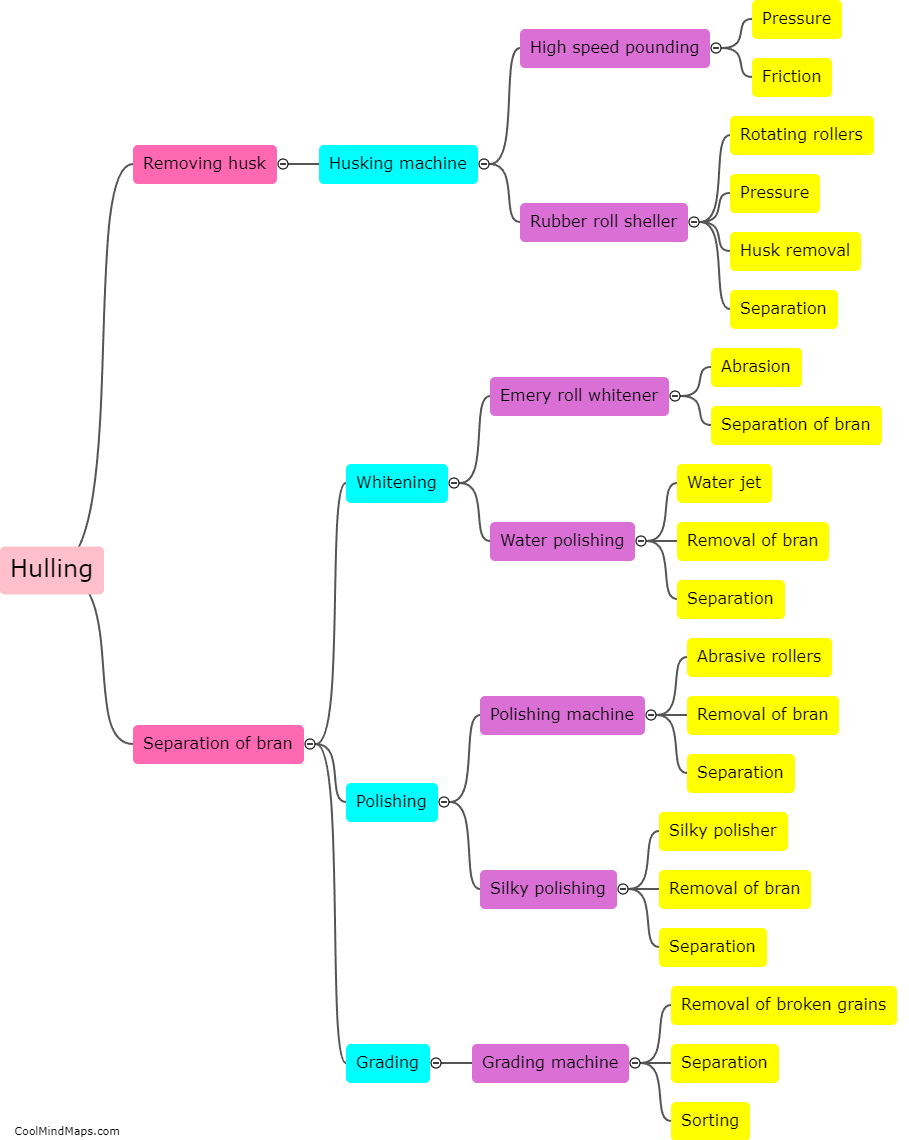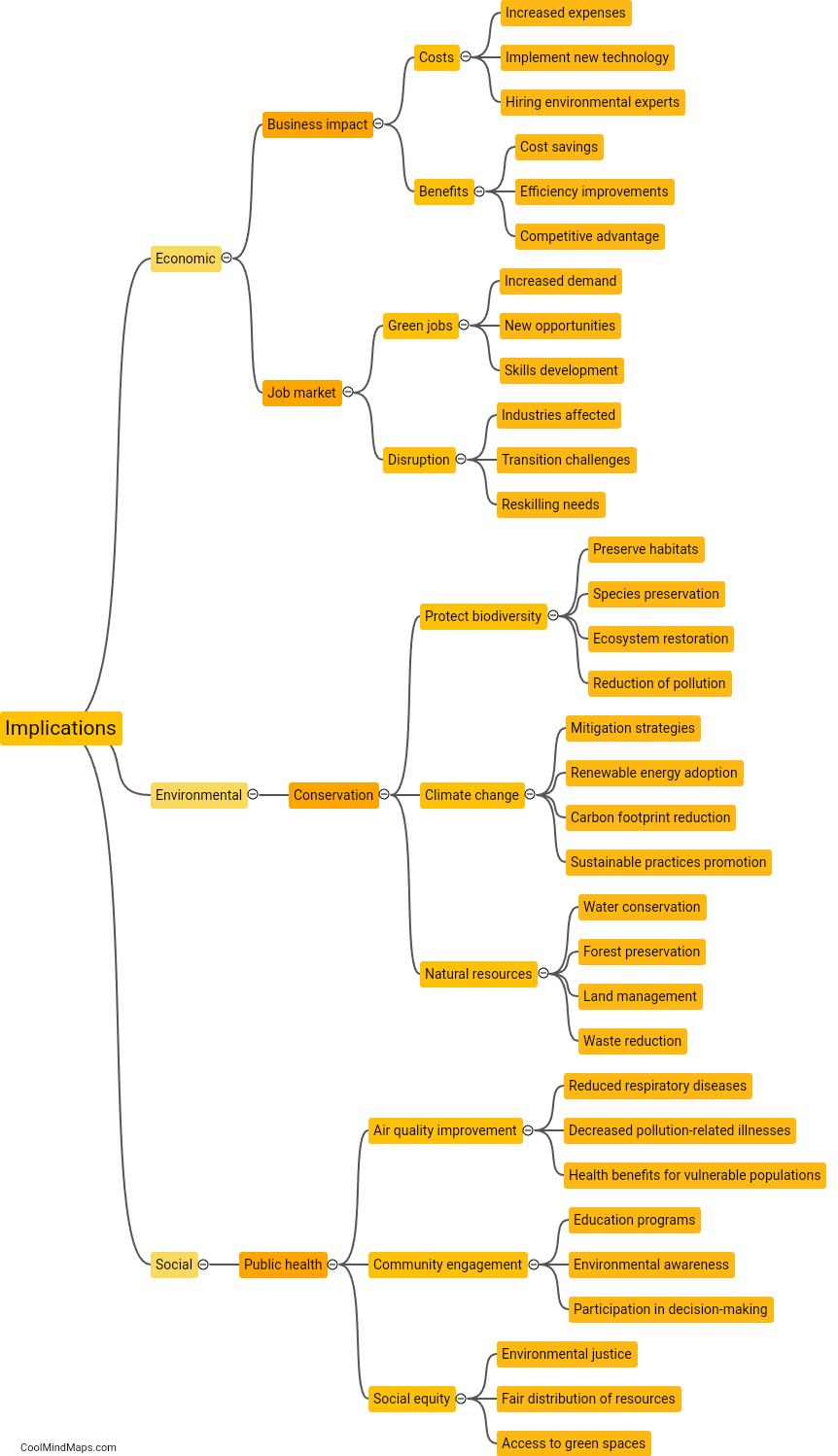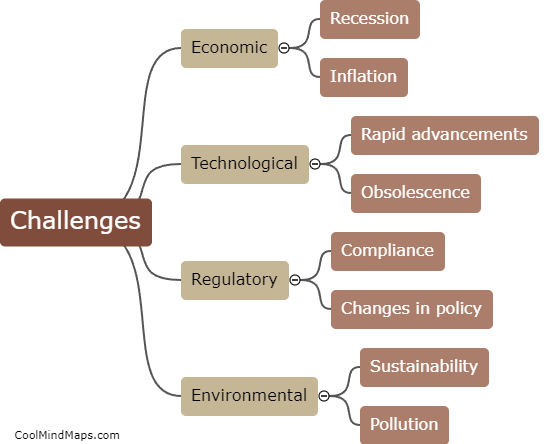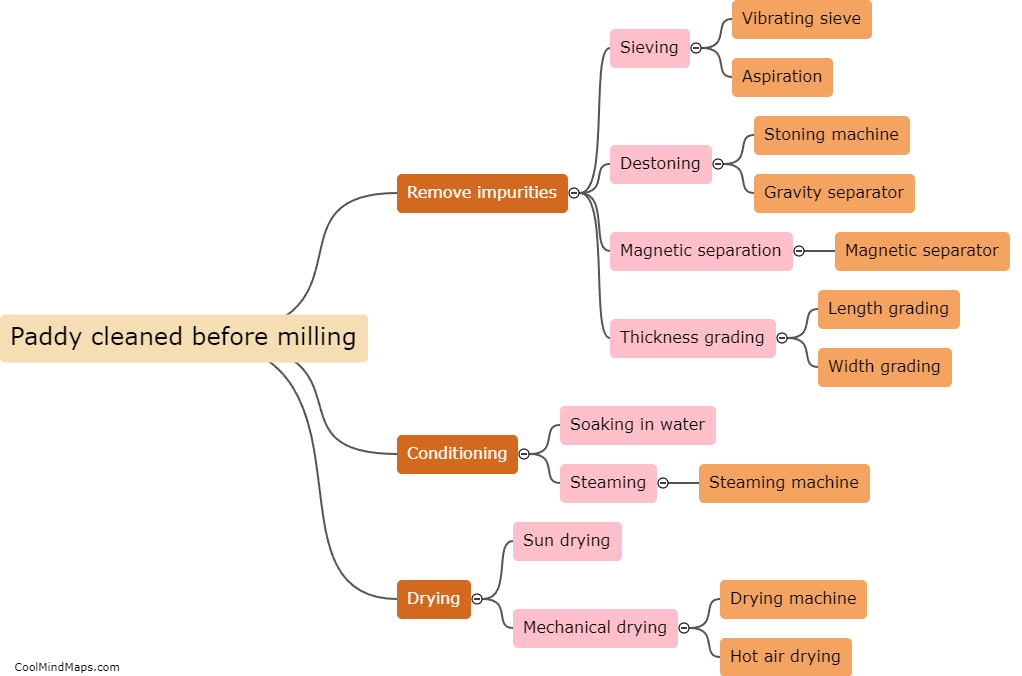How is polished rice obtained in the milling process?
Polished rice, also known as white rice, is obtained through the milling process. The process begins with the removal of the outer husk, also known as the hull, from the rice grain. This is done mechanically, either by using rubber rollers or friction, to separate the hulls from the grains. Once the hulls are removed, the rice is referred to as brown rice. The next step involves removing the bran and germ layers, which are rich in fiber, vitamins, and minerals. This process, known as whitening, is usually done using abrasive stones or machines that rub the grains together to remove the outer layers. After the bran and germ are removed, what is left is the polished rice. This final product is generally more visually appealing, easier to cook and digest, and has a longer shelf life compared to brown rice. However, it should be noted that the process of polishing removes some of the nutrients present in the bran and germ layers, making polished rice less nutritionally dense than brown rice.

This mind map was published on 31 July 2023 and has been viewed 111 times.











